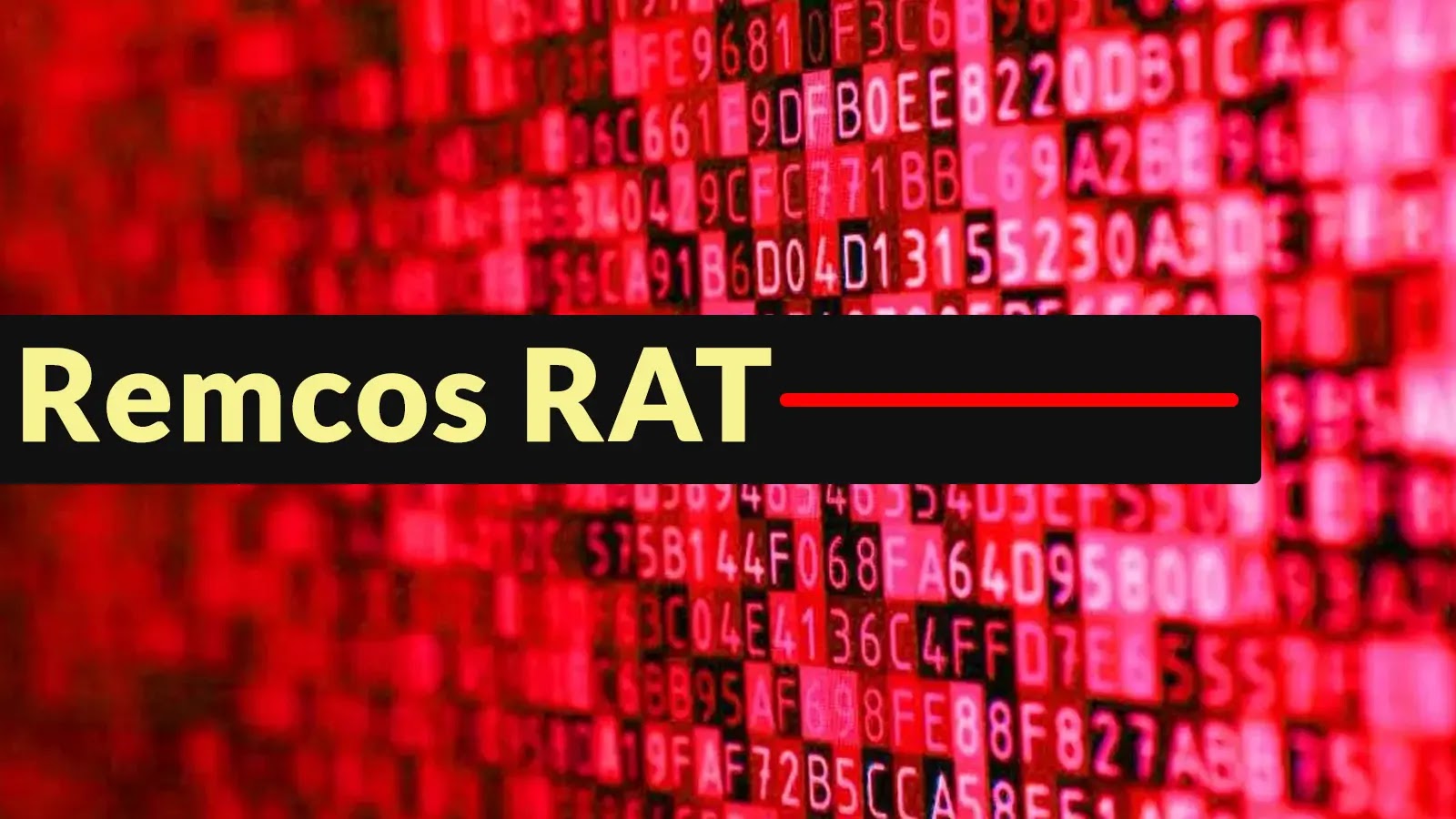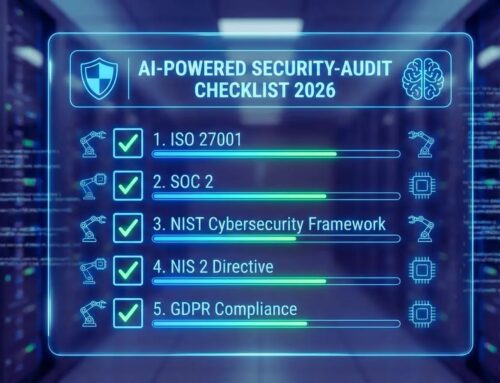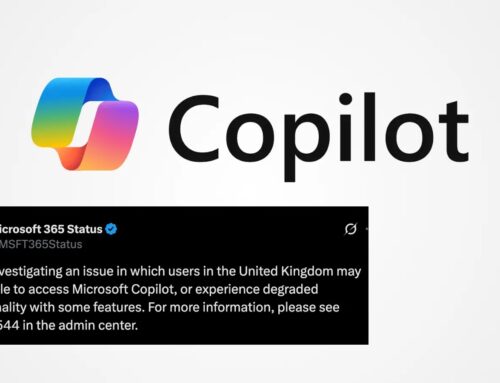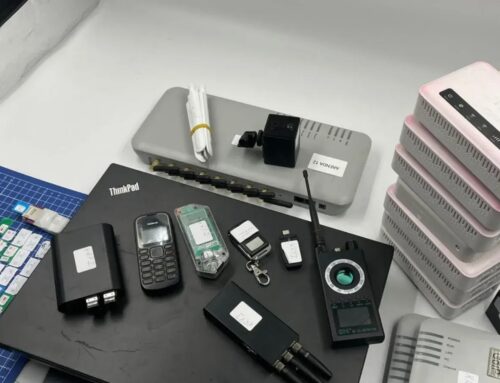
Remcos RAT C2 Activity Mapped Along with The Ports Used for Communications
Unmasking Remcos RAT: Decoding Its Command-and-Control Communications
In the evolving threat landscape, understanding the intricate mechanisms of malware is paramount for effective defense. Today, we’re dissecting Remcos RAT, a potent commercial remote access tool that has transitioned from an administrative utility to a significant cybersecurity threat. Its ability to facilitate remote command execution, data exfiltration, and credential harvesting makes its command-and-control (C2) infrastructure a prime target for analysis.
This deep dive will map Remcos RAT’s C2 activities, focusing on the communication channels and ports it leverages. By understanding these operational specifics, security professionals can fortify their defenses and enhance their detection capabilities against this pervasive threat.
What is Remcos RAT?
Remcos, short for Remote Control System, is a sophisticated commercial remote access tool developed and distributed by Breaking-Security. While originally marketed as legitimate administrative software, its powerful capabilities have been widely co-opted by malicious actors. Developed in the mid-2010s, Remcos enables a comprehensive suite of unauthorized activities on compromised systems.
Key functionalities of Remcos RAT include:
- Remote Command Execution: Attackers can issue and execute arbitrary commands on the victim’s machine.
- File Management: Stealing, uploading, and manipulating files on the compromised system.
- Screen Capture: Capturing screenshots of the victim’s desktop.
- Keystroke Logging: Recording all keystrokes, often leading to credential theft.
- Credential Harvesting: Extracting sensitive user credentials stored on the system.
These features, designed for legitimate remote administration, paradoxically make Remcos a highly effective tool for espionage, data theft, and system control in the hands of threat actors.
Remcos RAT’s Command-and-Control (C2) Infrastructure
The operational heart of Remcos RAT lies in its robust Command-and-Control (C2) infrastructure. This system allows attackers to maintain persistent communication with compromised endpoints, issuing commands and receiving exfiltrated data. Understanding the communication protocols and ports employed by Remcos is crucial for network defenders.
Based on observed activity, Remcos C2 servers primarily utilize common web protocols for communication:
- HTTP (Hypertext Transfer Protocol): Often used on the standard port 80/TCP. This unencrypted protocol can make detection easier if traffic is inspected.
- HTTPS (Hypertext Transfer Protocol Secure): Leveraging the standard port 443/TCP, this encrypted channel makes detection more challenging as the content of the communication is obscured. Attackers often prefer HTTPS to evade network-based detection systems.
The choice between HTTP and HTTPS often depends on the attacker’s evasion strategy. While HTTP provides less security for the attacker, it might be used in environments with less stringent network monitoring. HTTPS offers better stealth but requires a valid or spoofed certificate setup, which adds a layer of complexity for the attacker.
The C2 servers act as central hubs, receiving beaconing signals from infected machines, relaying commands from the attacker, and collecting stolen data. Monitoring outbound connections to unusual IP addresses or domains on these ports, especially when originating from internal systems to external ones, is a critical detection strategy.
Remediation Actions and Detection Strategies
Protecting networks from Remcos RAT requires a multi-layered approach, combining proactive measures with robust detection and response capabilities. Here are actionable remediation and detection strategies:
Proactive Measures:
- Patch Management: Regularly update all operating systems, applications, and firmware to patch known vulnerabilities. Many RATs exploit publicly disclosed vulnerabilities.
- Strong Authentication: Implement multi-factor authentication (MFA) wherever possible, especially for administrative accounts and external-facing services.
- Principle of Least Privilege: Ensure users and applications only have the minimum necessary permissions to perform their functions.
- Email Security: Deploy robust email security gateways to filter out phishing attempts and malicious attachments, which are common initial infection vectors for Remcos.
- Employee Training: Educate employees about social engineering tactics, phishing, and the dangers of opening unsolicited attachments or clicking suspicious links.
Detection Strategies:
- Network Traffic Analysis: Monitor network logs for unusual outbound connections on ports 80/TCP and 443/TCP, especially to suspicious or unclassified IP addresses and domains. Look for unusual data volumes or patterns from internal hosts.
- Endpoint Detection and Response (EDR): Utilize EDR solutions to monitor endpoint activities, detect suspicious processes, file modifications, and registry changes indicative of Remcos activity.
- Antivirus/Antimalware: Ensure up-to-date antivirus and antimalware solutions are deployed across all endpoints and servers. While Remcos can evade some signatures, behavioral detection is key.
- Ingress/Egress Filtering: Implement strict firewall rules to prevent unauthorized outbound connections to unknown C2 servers and to block known malicious IP addresses and domains.
- Threat Intelligence Feeds: Integrate reliable threat intelligence feeds into your security information and event management (SIEM) system. These feeds can provide indicators of compromise (IOCs) such as known Remcos C2 IP addresses and domain names.
- DNS Monitoring: Monitor DNS queries for unusual requests, especially those leading to newly registered or suspicious domains often used for C2 infrastructure.
Tools for Detection and Mitigation
Leveraging the right tools is essential in the fight against Remote Access Trojans like Remcos. Here’s a table of useful tools:
| Tool Name | Purpose | Link |
|---|---|---|
| Snort/Suricata | Network Intrusion Detection/Prevention System (IDS/IPS) for C2 traffic detection | https://www.snort.org/ or https://suricata-ids.org/ |
| Wireshark | Packet analysis for deep inspection of network communications | https://www.wireshark.org/ |
| Elastic SIEM | Centralized logging and security event management | https://www.elastic.co/siem |
| Cuckoo Sandbox | Automated malware analysis for behavioral insights | https://cuckoosandbox.org/ |
| Mandiant Threat Intelligence | Up-to-date threat intelligence profiles and IOCs | https://www.mandiant.com/resources/intelligence |
Conclusion
Remcos RAT poses a significant and ongoing threat, primarily due to its commercial availability and potent remote control capabilities. Its reliance on standard HTTP and HTTPS ports for C2 communication highlights the importance of deep packet inspection, robust network monitoring, and endpoint security. Organizations must prioritize continuous vigilance, implement proactive security measures, and leverage advanced detection tools to identify and neutralize Remcos intrusions effectively. Understanding the “how” behind these attacks empowers defenders to build more resilient and responsive security postures.





